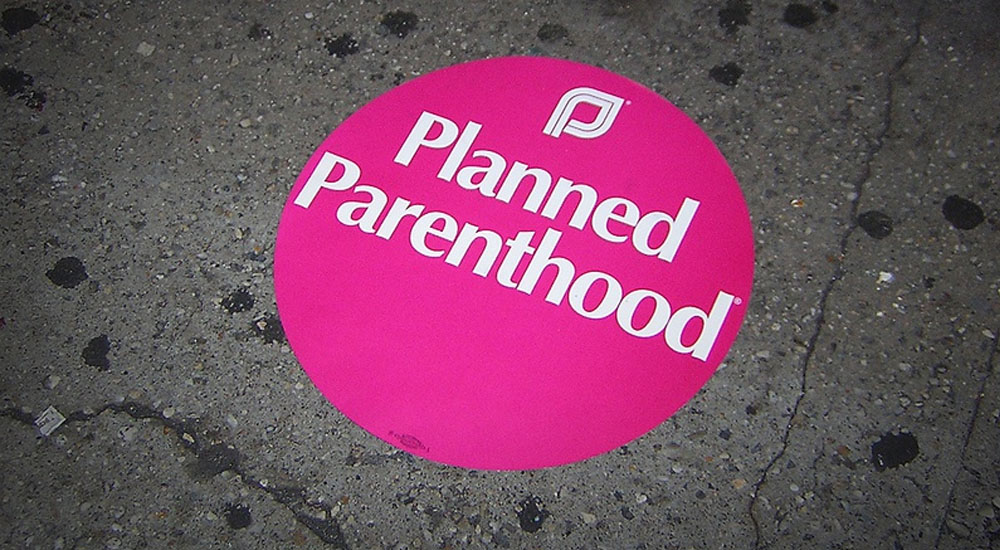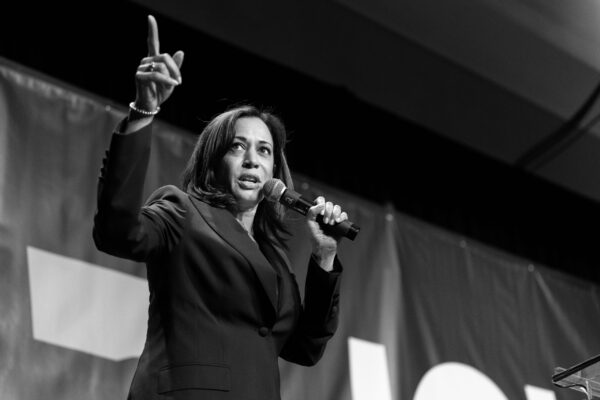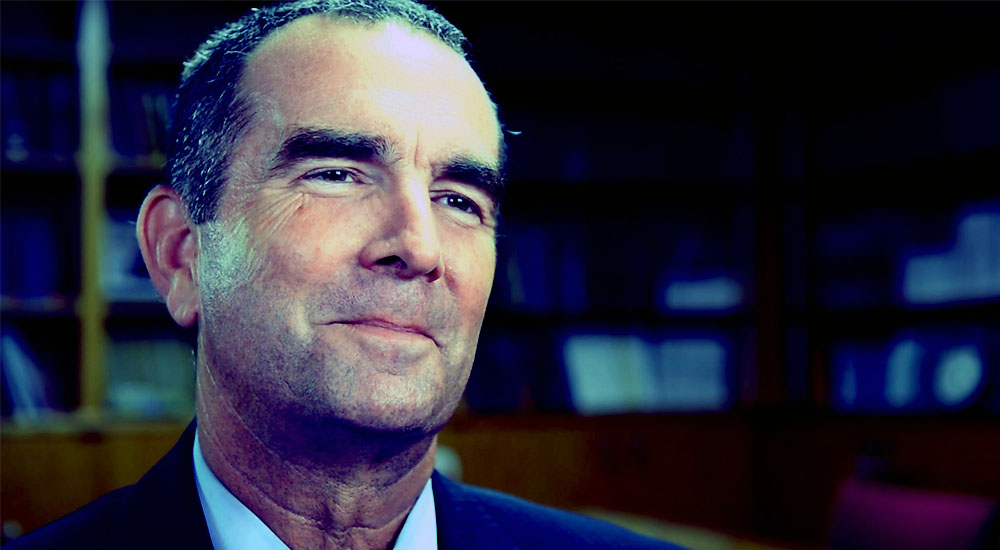The Trump Administration has announced that they will propose a measure to slash the case going to taxpayer-funded abortion organizations like Planned Parenthood under Title X. In 2017, Planned Parenthood received $543.7 million in taxpayer subsidies, according to the Washington Examiner.
“The proposal would require a bright line of physical as well as financial separation between Title X programs and any program (or facility) where abortion is performed, supported, or referred for as a method of family planning,” a Trump Administration official told The Weekly Standard.
The Title X law established in 1970 states, “None of the funds appropriated under this title shall be used in programs where abortion is a method of family planning.” However, in the decade following, the law was interpreted to allow programs to refer patients for abortion procedures, be co-located with abortion clinics, and partner with federal lobbyists to vie for pro-abortion policies and more taxpayer funding. All this was done so long that federal funding did not “directly” fund abortions.
In 1988, the Reagan Administration issued regulations to end these practices that crossed line between funding “family planning” and promoting abortion. The regulation was immediately challenged, but upheld by the U.S. Supreme Court in Rust v. Sullivan.
In a 5-4 decision, the court found that the federal government did not violate First and Fifth Amendment rights of patients and health providers insofar as limiting the ability of Title X fund recipients to engage in abortion-related activities.
Chief Justice William Rehnquist said in his majority opinion:
“The intent of Congress in the enactment of Title X is ambiguous with regard to abortion counseling. Consequently, the Court will defer to the expertise of the administrative agency. The Court held that the ‘regulations promulgated by the Secretary [of HHS] do not raise the sort of ‘grave and doubtful constitutional questions’ that would lead us to assume Congress did not intend to authorize their issuance.’ Should government subsidize one protected right (family planning), as it does in this case, it does not follow that government must subsidize analogous counterpart rights (abortion services).”
Though, when President Bill Clinton assumed office in January 1993, the Reagan measure was thrown out and the anti-abortion regulation was never reinstated.
“Unlike the Reagan regulation, the proposal will not prohibit counseling for clients about abortion, but neither will it include the current, potentially illegal mandate that projects must counsel and refer for abortion,” a official with the Trump Administration said. “This proposal does not necessarily defund Planned Parenthood, as long as they’re willing to disentangle taxpayer funds from abortion as a method of family planning, which is required by the Title X law. Any grantees that perform, support, or refer for abortion have a choice – disentangle themselves from abortion or fund their activities with privately raised funds.”
Efforts to defund Planned Parenthood gained momentum in Washington after a 2015 video revealed that the organization was selling the body parts of aborted human beings to biotech companies. The Senate remained split on the issue; but in March 2017, Vice President Mike Pence cast a tie-breaking vote to allow states to defund Planned Parenthood.
After Obamacare repeal efforts failed in 2017, congressional Republicans decided not to include Planned Parenthood language in their subsequent reconciliation bill to pass tax reform out of fear that it would cost them the necessary votes of Senators Lisa Murkowski (R-AK) and Susan Collins (R-ME), the report stated.
Even if a measure is passed to prohibit funding for Title X abortionists, Planned Parenthood would still keep a majority of its funding, which is provided under Medicaid. Unless, of course, Congress passes legislation cutting Medicaid.






